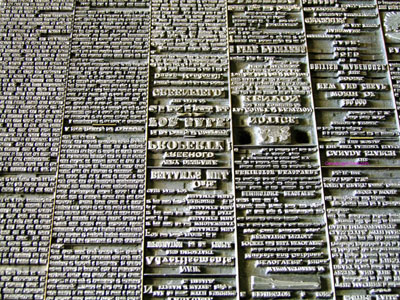50 Best Genealogy Brick Wall Solutions (Part II)
| Tweet |
|
This is Part II of the GenealogyInTime Magazine article on the 50 Best Genealogy Brick Wall Solutions (read Part I here).
Death
27. Mortuary Tables – When estimating the age of death of an ancestor (narrowing down date ranges is often a necessary first step before digging into archives), try to find a mortuary table for the country of your ancestors. The internet contains historic mortuary tables for several countries. If you cannot find one, consider contacting the main government statistical agency for your country. Alternatively, consider contacting a life insurance company. Life insurance companies use mortuary tables to calculate policy premiums. You can use mortuary tables to estimate a reasonable age at death. A word of caution: use historic mortuary tables, not current mortuary tables. People live much longer these days.
28. Mortuary Records - Mortuary records at funeral homes often list the full names and place of origin of next of kin. Typically this will mean that mortuary records often have the full names and origin of the parents of the deceased. This is an excellent way to find out names and places of the previous generation. It always pays to look at the mortuary records in a funeral home.
29. Funeral Sign-in Books – Funeral sign-in books are those books that all visitors are asked to sign when they go to a funeral. They are usually given to the family at the end of the funeral. If you can gain access to a funeral sign-in book, it can provide a wealth of information about your ancestors. Funerals are typically attended by family members both close and distant on the family tree. This is a great way to get leads on missing branches of the family.
30. Walk the Cemetery – A simple, but effective, genealogy brickwall solution for ancestors that came from small towns is to take a walk through the local cemetery. This is a good way to look for clues by reading the inscriptions on the tombstones. Many cemeteries are divided by religion. You can save yourself much time and narrow your search in the cemetery if you happen to know the religion of your ancestors.
31. Neighbours in the Cemetery – Families often buy several plots in a cemetery. Usually these plots are located next to each other. When you are visiting the gravesite of an ancestor always take photographs of the neighbouring gravesites. They could be your relatives. Sometimes this is not obvious at the time but it can become more apparent at a later date.
For example, two sisters could buy neighbouring family plots. In this example, the sisters have both married and have different last names. They may not look like they are related when you glance at the tombstones. Always be safe and take some photographs of neighbouring tombstones. With digital cameras this is a quick and simple thing to do. Alternatively, check online at the many websites that now show tombstone pictures. This is a surprisingly effective way to find additional ancestors.
32. Newspaper Stories – Most genealogists think to look in newspapers for death announcements. However, local newspapers should also be used for researching stories on death. Any ancestor who did not die of natural causes will likely have received a write-up in a local newspaper story. For example, ancestors who died in a war are often written up, as well as people who drowned or died in mishaps or accidents. This is always worth checking, especially if your ancestor came from a small town.


